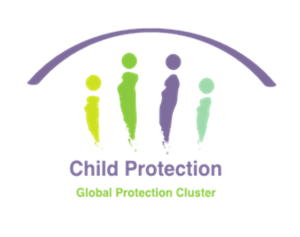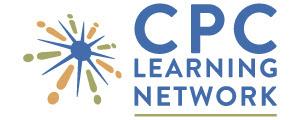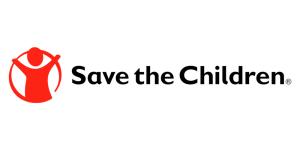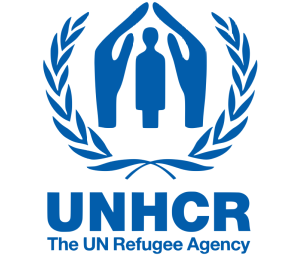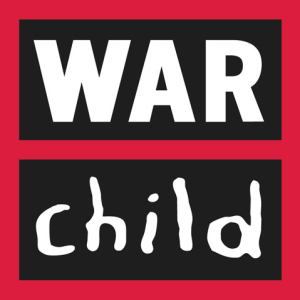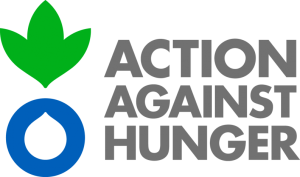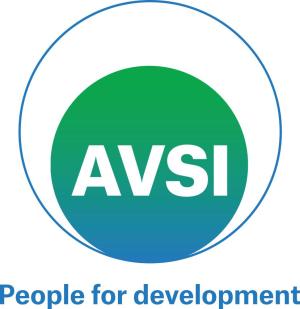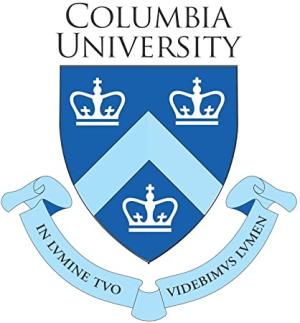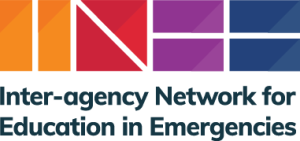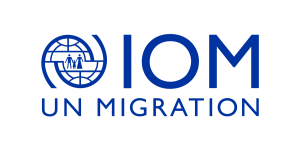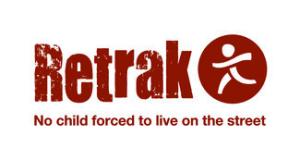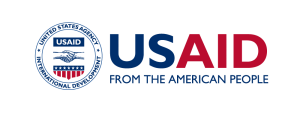
Led By: World Vision International and UNICEF Office of Research - Innocenti
Contact us at: ame.wg@alliancecpha.org
Our Mission
To generate, synthesise, and use agency-specific and inter-agency evidence to promote effective interventions.
2022 Key Priorities of the Assessment, Measurement and Evidence Working Group
The AME Working Group continues supporting the members in their assessment, measurement and evidence efforts, with a specific focus on:
- Developing a qualitative approach to assess population-level risk and protective factors for the protection of children with disabilities.
- Designing a capacity-building module on measuring risk and protective factors in humanitarian action.
- Supporting the improvement of documentation of risk and protective factors across child protection coordination groups.
Latest News
New Co-Leading Agency of the AME Working Group
We are pleased to announce that Innocenti, UNICEF's Office of Research, has been confirmed as the new co-lead of the Assessment, Measurement and Evidence Working Group alongside Word Vision. Innocenti is UNICEF’s dedicated research centre. Its core mandate is to undertake cutting-edge, policy-relevant research that equips the organization and the wider global community to deliver results for...
Seeking a new agency to take up the co-leadership of the Assessment, Measurement and Evidence Working Group!
Exciting opportunity! The Alliance is looking for an agency to take up the co-leadership of the Assessment, Measurement and Evidence Working Group, joining World Vision International as the existing co-lead. The AME Working Group is one of the main work streams of the Alliance. The purpose of the Working Group is to “generate, synthesize, and use agency-specific and inter-agency evidence to...
Working Group Member Organisations
Resources
Child Protection in Emergencies Initial Assessment (CPIA)
This toolkit aims to provide a methodology to generate the necessary evidence for Child Protection in Emergency (CPiE) response and programming and to inform the development of the Humanitarian Needs Overview (HNO) and the severity ranking in the following situations were a CPRA may not be feasible due to time, access, funding and other restrictions: During weeks 2 to 4 of a rapid onset emergency...
Webinars
Webinar | The Pathways Between Natural Disasters and Violence Against Children—A conversation between research and practice
To find the related research article and blog post, click here. The structure of child protection programming during humanitarian emergencies is based upon the principle of increased risk of violence. Humanitarian programmatic interventions often use the same models for armed conflict and natural disasters. Little is understood on how they may differ, and the bulk of the current evidence focuses...

